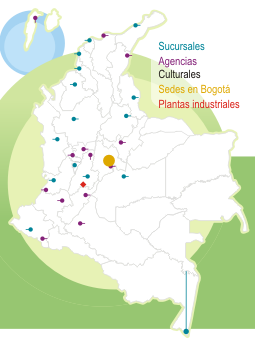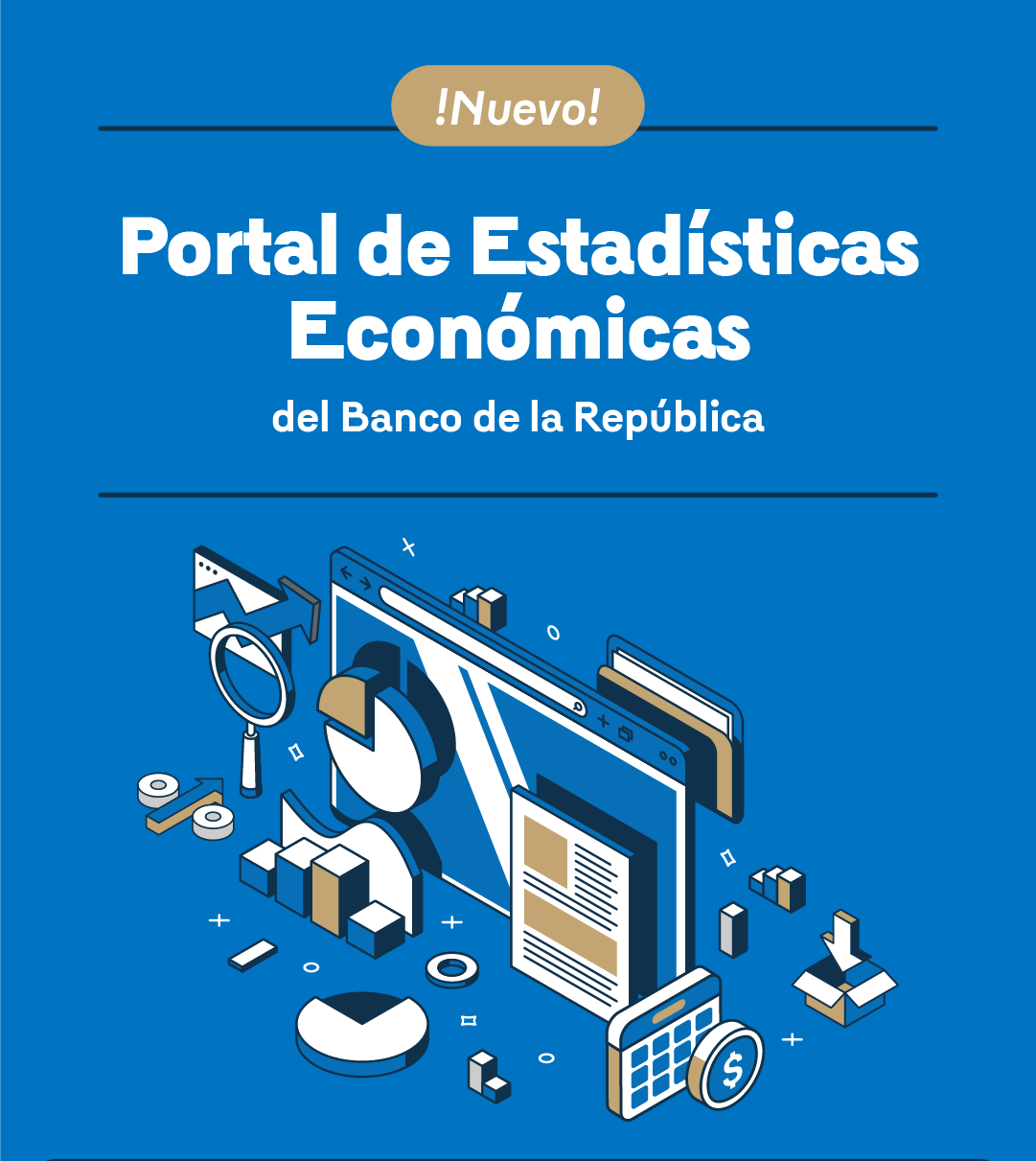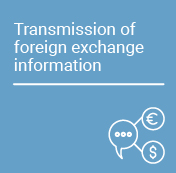Monetary Policy Response to a Migration Shock: An Analysis for a Small Open Economy
The series Working Papers on Economics is published by the Office for Economic Studies at the Banco de la República (Central Bank of Colombia). It contributes to the dissemination and promotion of the work by researchers from the institution. This series is indexed at Research Papers in Economics (RePEc).
On multiple occasions, these works have been the result of collaborative work with individuals from other national or international institutions. The works published are provisional, and their authors are fully responsible for the opinions expressed in them, as well as for possible mistakes. The opinions expressed herein are those of the authors and do not necessarily reflect the views of Banco de la República or its Board of Directors.
The series Borradores de Economía (Working Papers on Economics) contributes to the dissemination and promotion of the work by researchers from the institution. On multiple occasions, these works have been the result of collaborative work with individuals from other national or international institutions. This series is indexed at Research Papers in Economics (RePEc)
The opinions contained in this document are the sole responsibility of the author and do not commit Banco de la República or its Board of Directors.
Abstract
We develop a small open economy model with nominal rigidities and fragmented labor markets to study the response of the monetary policy to a migration shock. Migrants are characterized by their productivity levels, their restrictions to accumulate capital, as well as by the flexibility of their labor income. Our results show that the monetary policy response depends on the characteristics of migrants and the local labor market. An in flow of low(high)-productivity workers reduces(increases) marginal costs, lowers(raises) inflation expectations and pushes the Central Bank to reduce(increase) the interest rate. The model is calibrated to the Colombian economy and used to analyze a migratory in flow of financially constraint workers from Venezuela into a sector with flexible and low wages.





































































